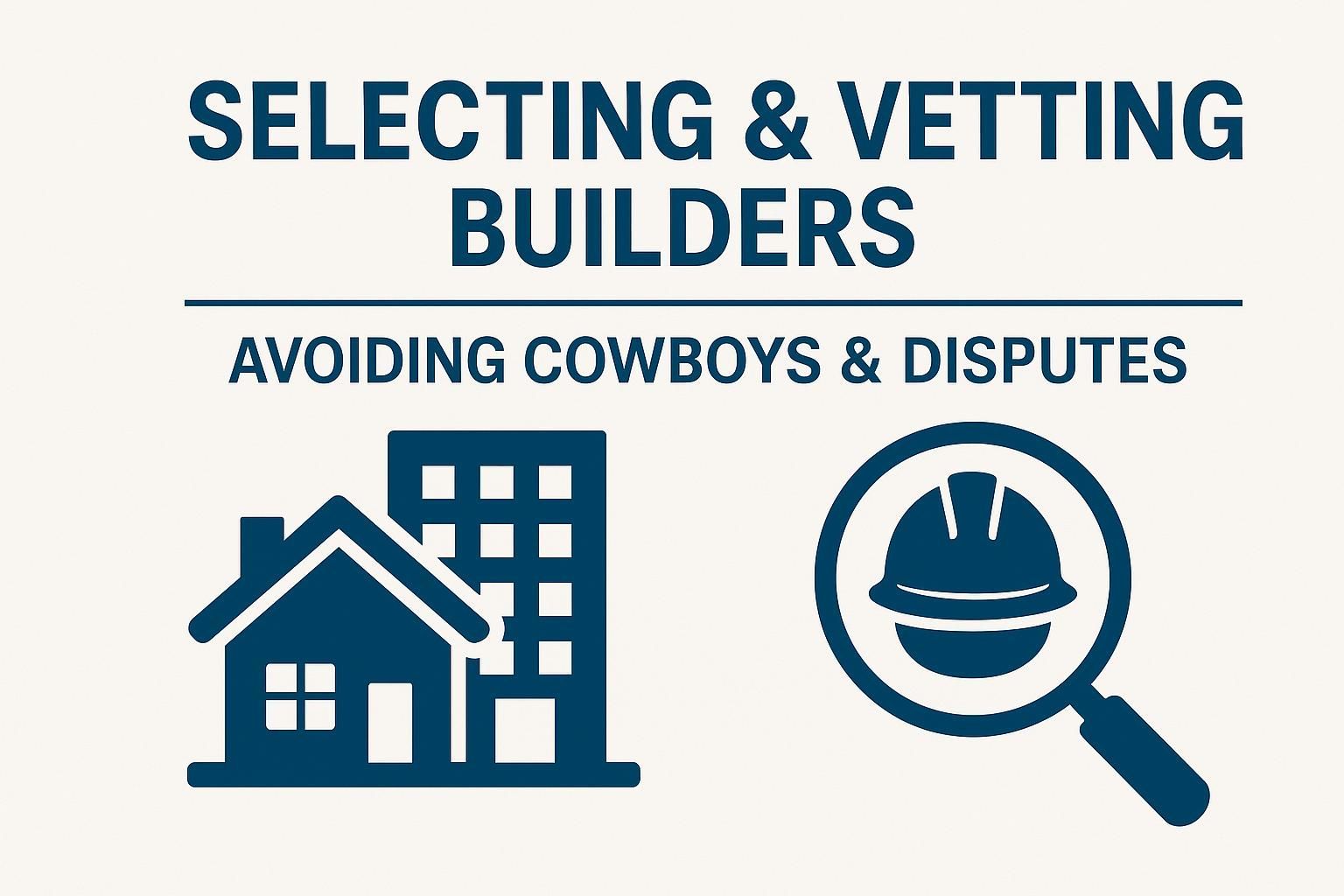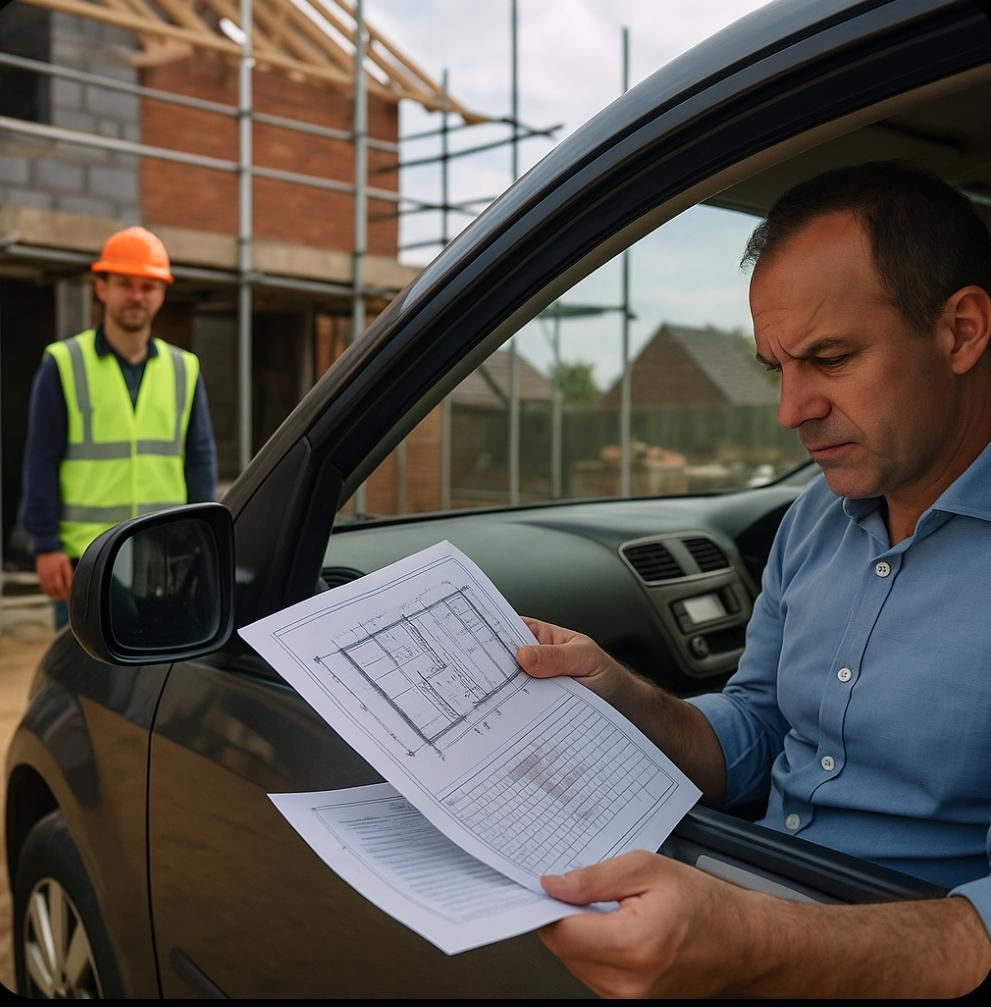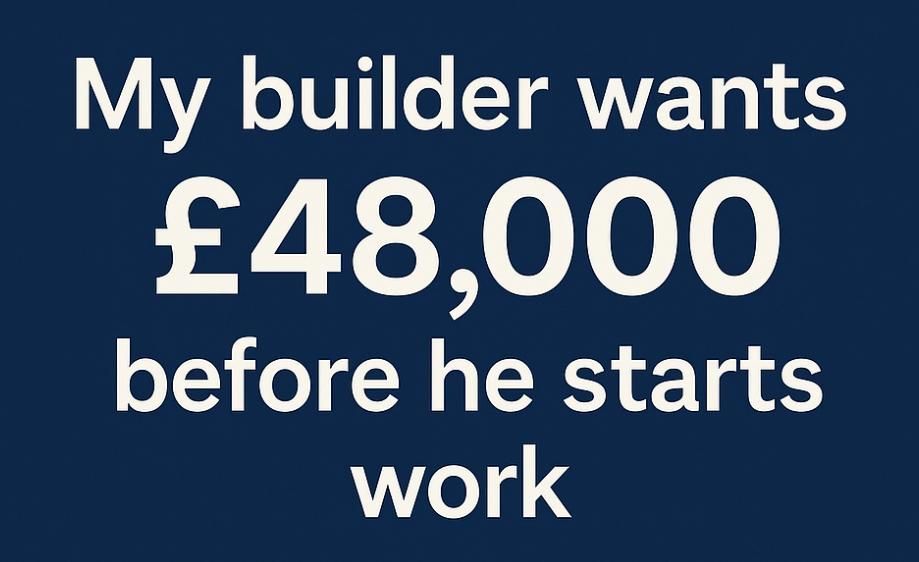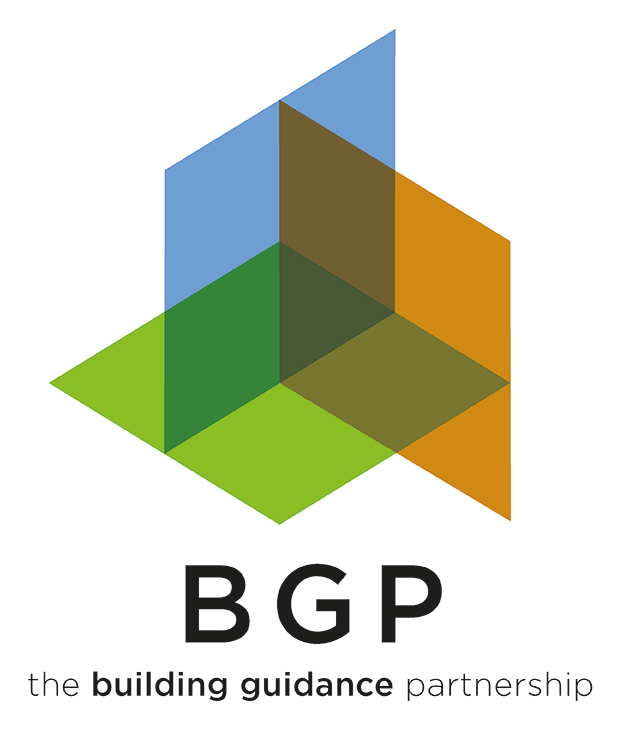Thinking Outside the Box: The Innovation of Charlotte Perriand’s Free-Form Table
Redefining Functionality and Form: the 7 Seater Table
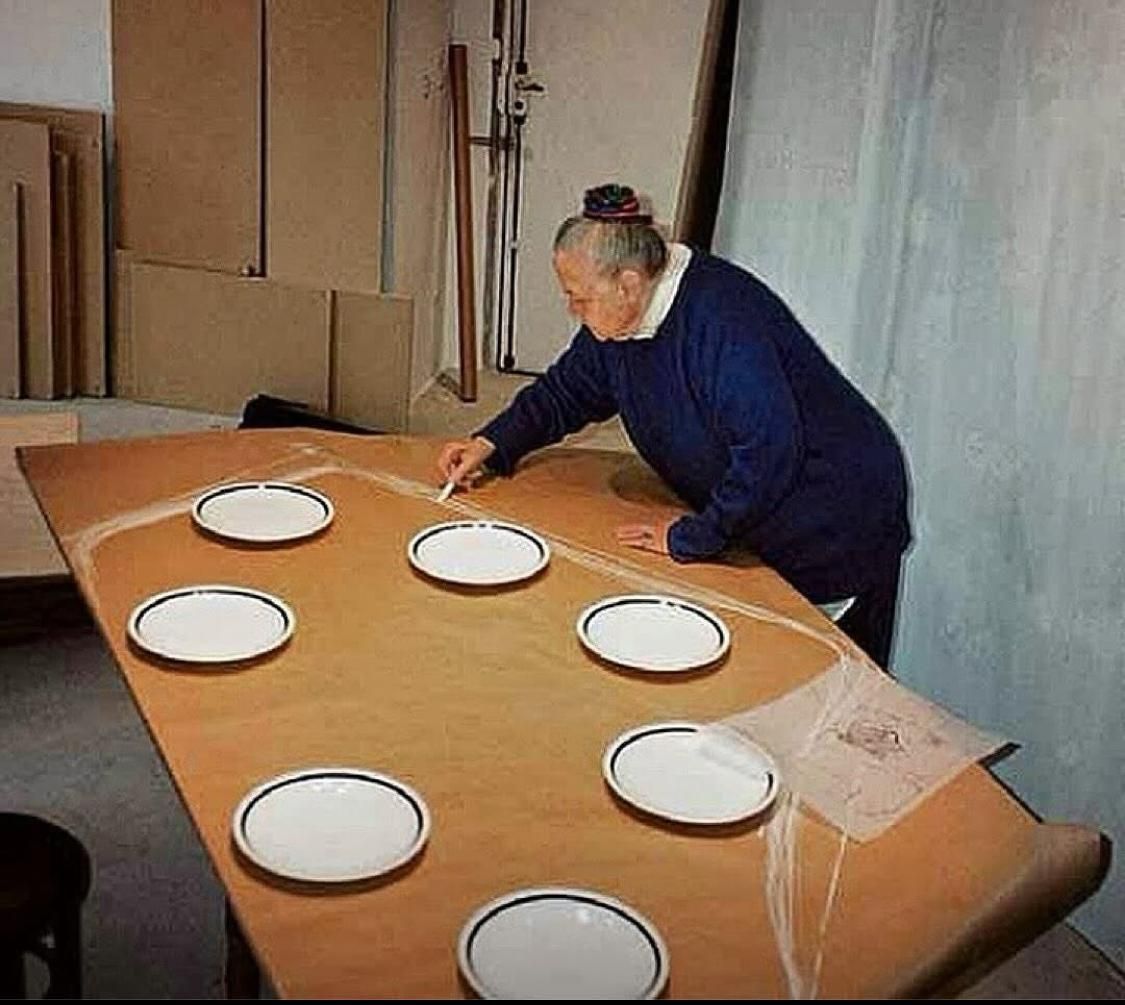
Great design is more than just aesthetics - it is about reimagining the way we interact with our spaces. Charlotte Perriand’s free - form five-sided dining table is a perfect example of this philosophy in action. Designed in 1992, this table breaks away from conventional rectangular or circular shapes, instead embracing an organic, asymmetrical form that invites a fresh perspective on dining and social interaction.
Perriand’s approach was rooted in functionality and fluidity. Rather than adhering to traditional layouts, she designed a table that encourages natural conversation and a more intimate dining experience. The placement of seven seats ensures that no one is left at the “head” of the table, fostering a sense of equality and engagement among guests. This is a true departure from rigid, hierarchical seating arrangements that dominate standard dining furniture.
The craftsmanship of the final product is remarkable. The smooth, warm wooden surface exudes a tactile elegance, while the substantial yet thoughtfully shaped legs ground the piece in timeless beauty. This is not just a table - it is a statement. It challenges us to rethink how we design for our lives, proving that innovation is often about breaking the rules and embracing fresh perspectives.
At The Building Guidance Partnership, we encourage this kind of out-of-the-box thinking in every project. Whether it is reimagining spatial layouts, maximising natural light, or choosing materials that balance sustainability with aesthetics, the key is to approach design with creativity and practicality in mind. Perriand’s work is a reminder that the best designs not only serve a purpose but also elevate the way we experience our spaces.
If you are planning a renovation or a new build, consider how you can bring this spirit of innovation into your home. The right design choices can transform a space into something both functional and extraordinary.
